It's hard to think of Japan without 京都 springing to mind; it's one of the old capitals of Japan, hosts tens of millions of tourists each year and boasts around two thousand temples and shrines. It's also very straightforward to get to by 電車 (でんしゃ - densha - train) or 新幹線 (しんかんせん - shinkansen), which is just as well because you'll probably need two days to even scratch the surface. Fortunately I'll be doing most of the hard work for you this time - two posts for a two day trip. Don't forget your camera!
二条城 (にじょうじょう - Nijoujou - Nijou Castle)
二条城 was a palace used by the Tokugawa Shogunate in the 1600s. It consists of several dark wooden buildings elaborately decorated with gold leaf and filled with beautiful wall paintings commissioned by artists of the time. These are very delicate and often moved for maintenance and protection; all the 襖 (ふすま - fusuma - paper sliding doors) in the castle are kept shut to stop the paint being damaged by the sun.
Probably the most interesting part of 二条城 is its defences - not as much protecting from sieges like Himeji Castle, but from assassins. Throughout the halls there are floorboards known as "nightingale floors", constructed to chirp and squeak like birds whenever anyone walks across them. This would have given away the location of anyone sneaking around, who would presumably have been taken care of by the Shogun's bodyguards. In all the rooms where he would have sat, two doors stand behind his place with red tags around the handles - this is where the guards would leap out if anyone made an assassination attempt.
The gardens of 二条城 are also very picturesque, with a big pond surrounded by cherry trees as the centrepiece. Originally, a lot of the rooms would open their 襖 directly into it, which probably made the view from the hallways very nice during summer. As you'll see as we move on, 京都 is not only renowned for its temples - it also has some very nice gardens that look taken straight from a brochure.
清水寺 (きよみずでら - Kiyomizudera - Kiyomizu ("Pure water") Temple)
清水寺 is probably the first port of call for most visitors to 京都 - as temples go, it's stunning. The main stage is a national treasure - it juts out of the hillside on huge pillars and looks over the whole of 京都 city. Given the temple's huge size, the most surprising thing about it is that like the floats in Gion Matsuri, no nails hold it together.
The street leading up to 清水寺 is packed with scores of shops selling おみやげ (omiyage - souvenirs), snacks and drinks; it's a good place to stop and rest or pick up some presents for people. The local specialty is sweets called 八橋 (やつはし - yatsuhashi) - thin sheets of rice flour either baked or served raw. Baked, they taste a bit like a very crunchy cinnamon cookie; raw, they're soft, floury and chewy, wrapped around あんこ (anko - bean jam), chocolate or other fillings. They were named after a famous 琴 (こと - koto) player called Yatsuhashi Kengyo because their long, slightly curled shape when cooked resembles a 琴. You can buy some to take home with you or enjoy them there at one of the open-air tea houses.
京都 is notoriously hot during summer so these places are a good chance to have a break from the beating sun. If you're feeling really hot, you can cool down with a かき氷 (kakigoori) - shaved ice with sweet syrup and condensed milk.
In the temple itself (and other Buddhist Temples like it), basins are provided to wash your hands, you can light some incense and several shrines have boxes for offerings and prayers. You throw your money into the box, ring the bell and make your prayer or request. Like during Setsubun, 五円 (goen - 5 yen) has special meaning, as does 四十五円 (yonjuugoen - 45 yen). This is because these characters have alternate readings - ご縁 (goen - bonds or destiny) and 始終ご縁 (shijuugoen - bonds or destiny from beginning to end). You shouldn't have too much trouble finding a place to try it!
This shrine, for example, houses several 地蔵 (じぞう - Jizou) statues. 地蔵 is considered the protector of children who have died before their parents, keeping them safe and leading them into the afterlife. Apparently those who died too young to build up enough good deeds to cross the river are forced to pile up pebbles on the bank forever without the help of 地蔵. The statues are usually quite child-like and wear bibs to resemble the children they protect. They are often found in graveyards, temples and near busy intersections to help keep children safe (in this life and the next!).
This shrine, for example, houses several 地蔵 (じぞう - Jizou) statues. 地蔵 is considered the protector of children who have died before their parents, keeping them safe and leading them into the afterlife. Apparently those who died too young to build up enough good deeds to cross the river are forced to pile up pebbles on the bank forever without the help of 地蔵. The statues are usually quite child-like and wear bibs to resemble the children they protect. They are often found in graveyards, temples and near busy intersections to help keep children safe (in this life and the next!).
金閣寺 (きんかくじ - Kinkakuji - The Golden Temple or The Golden Pavillion)
金閣寺 is probably the most visually striking building in 京都 and perhaps the most self explanatory. It's almost entirely covered in gold leaf, shimmering in the sun on the side of a glassy lake and nearly every photo taken of it seems to end up postcard-perfect. It's not hard to see why it gets so many visitors every year. It's not possible to see inside it, but I can't imagine what's in there could be much more interesting than than the outside.
金閣寺 was burned down by a monk sixty years ago and rebuilt, so disappointingly it's not as old as the other buildings of 京都, but it's a faithful reconstruction of the original. Walking around to the rear of the temple, visitors can enjoy the beautiful gardens that surround it, but for the most part the main attraction is 金閣寺 itself.
金閣寺 was also the first place I've ever seen おみくじ (omikuji - fortunes) delivered by 自動販売機 (じどうはんばいき - jidouhanbaiki - vending machines). I told you they were everywhere! As you can see, the おみくじ were also available in English, Korean and Chinese - now everyone can find out their future without even needing a Japanese phrasebook!
Depending how long you spend at each place, this might be all you can get through in one day. Don't worry though, we'll come back next week and find a few more good spots. I promise they'll be a little less touristy as well!
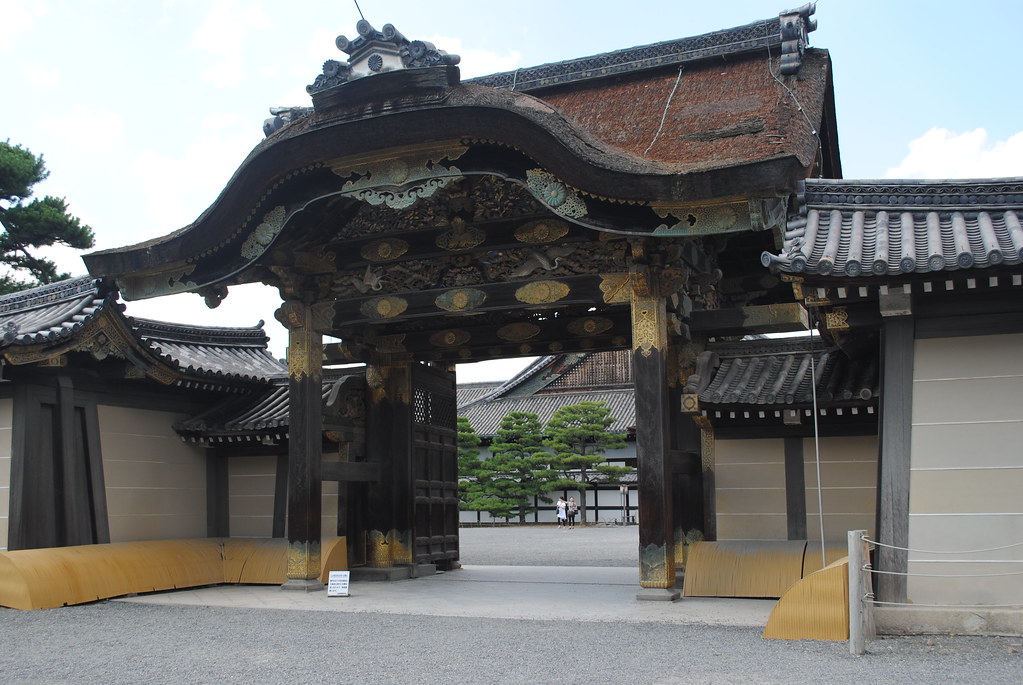
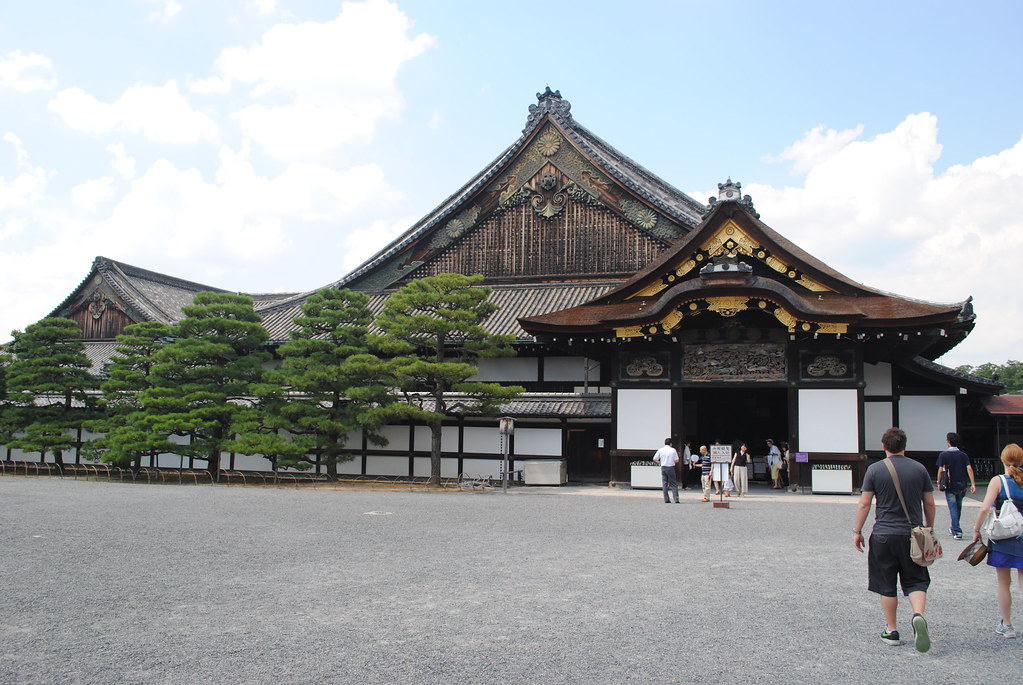
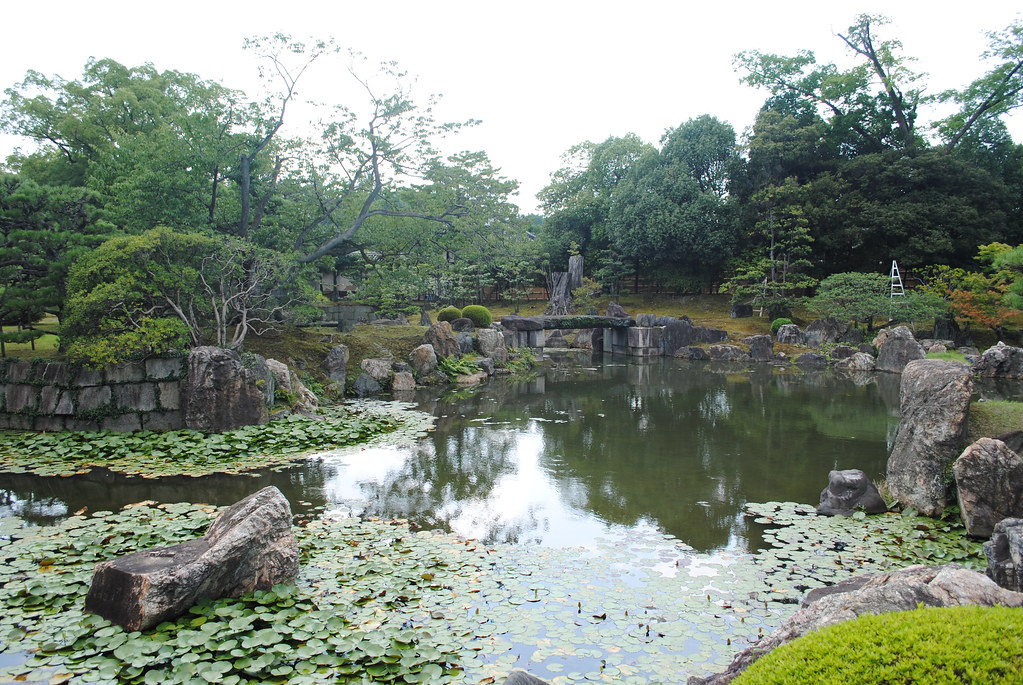

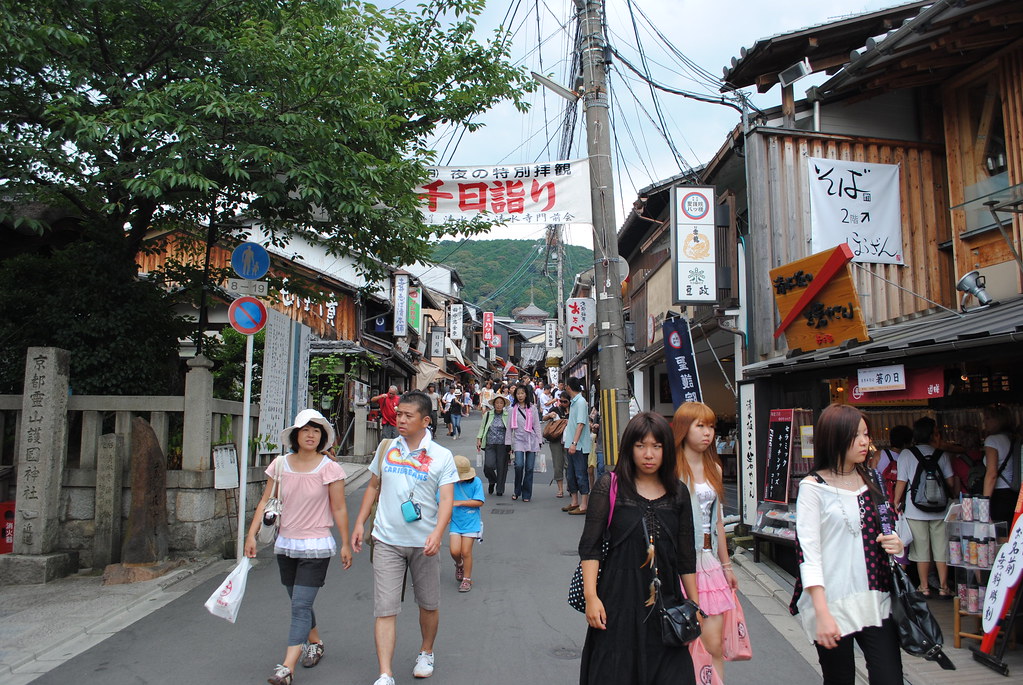

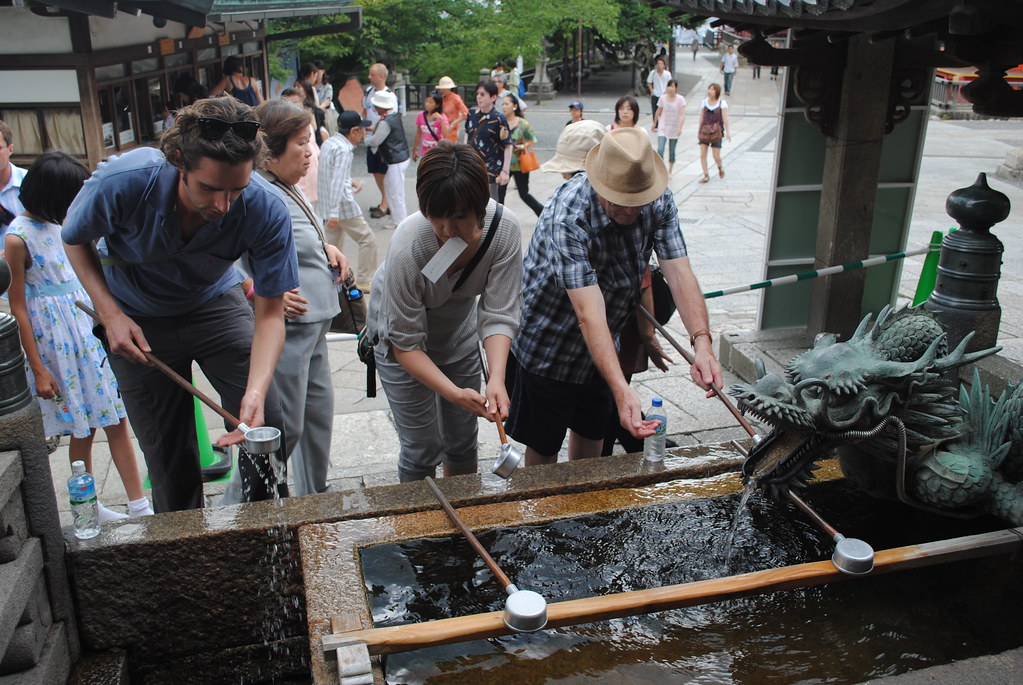

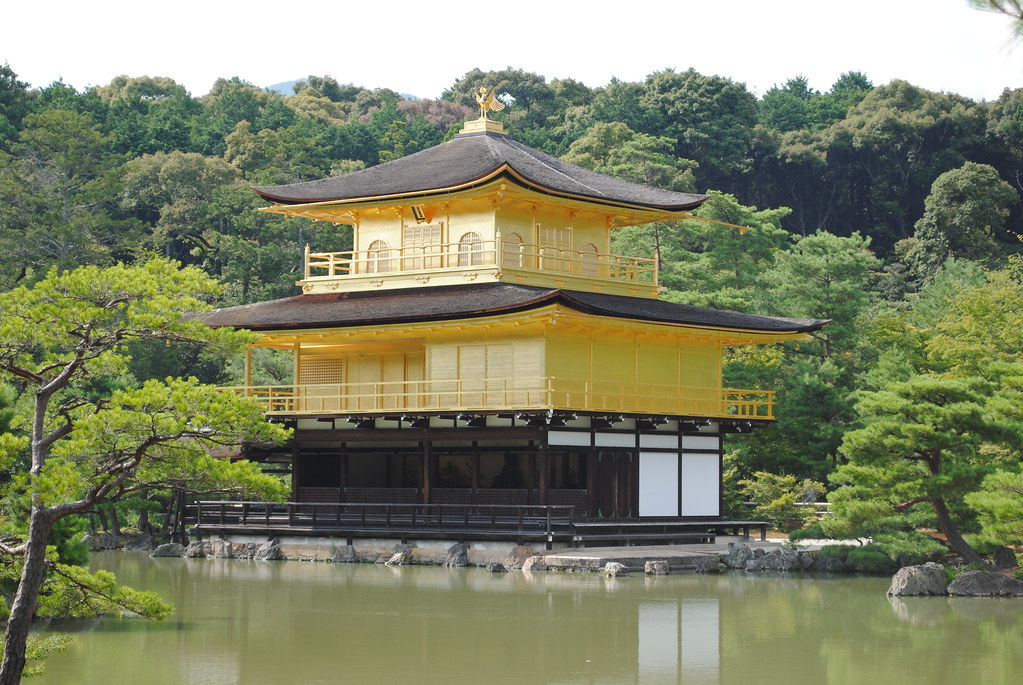
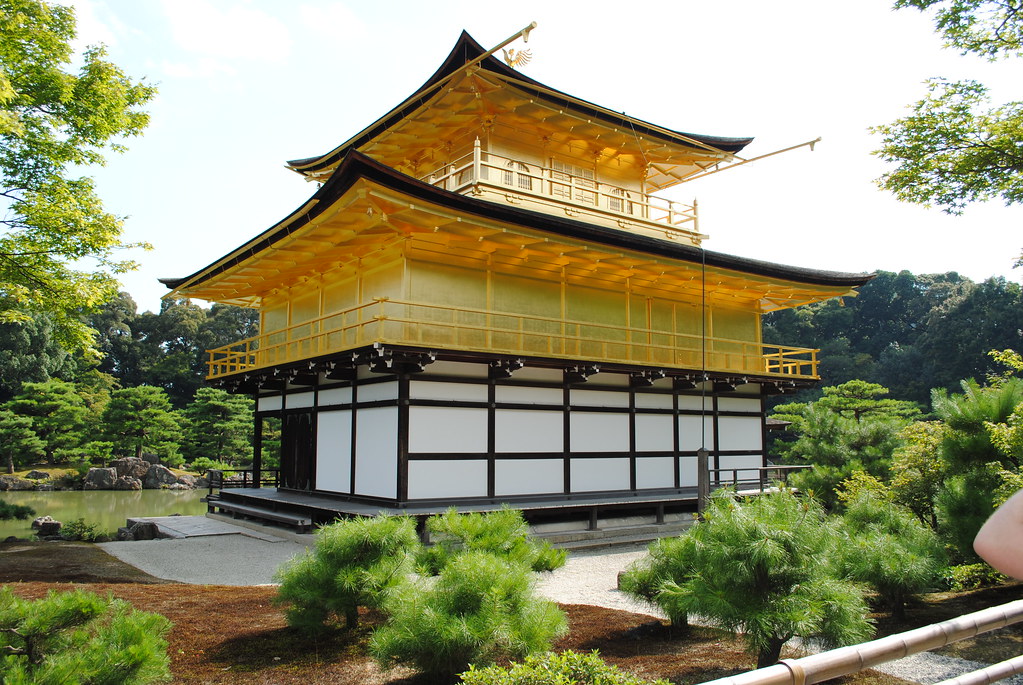
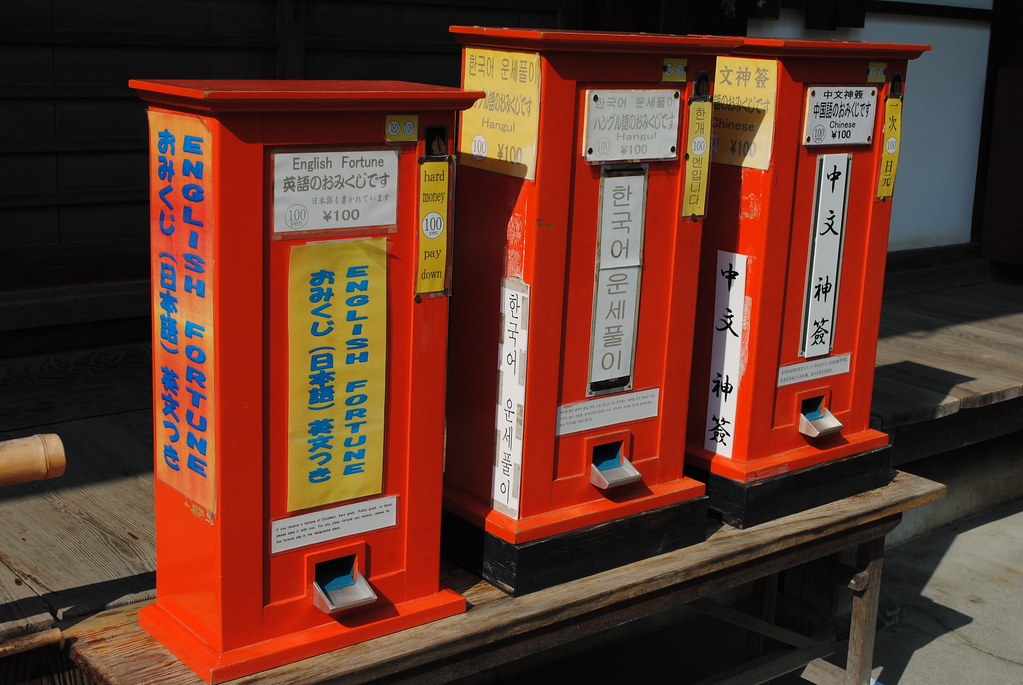
No comments:
Post a Comment
If you have any questions or additions, I would love to hear from you. I may not know the answer, but I'll do my best to find out in any case! You can post anonymously if you like, but abusive/unintelligible/inappropriate comments will not be published.